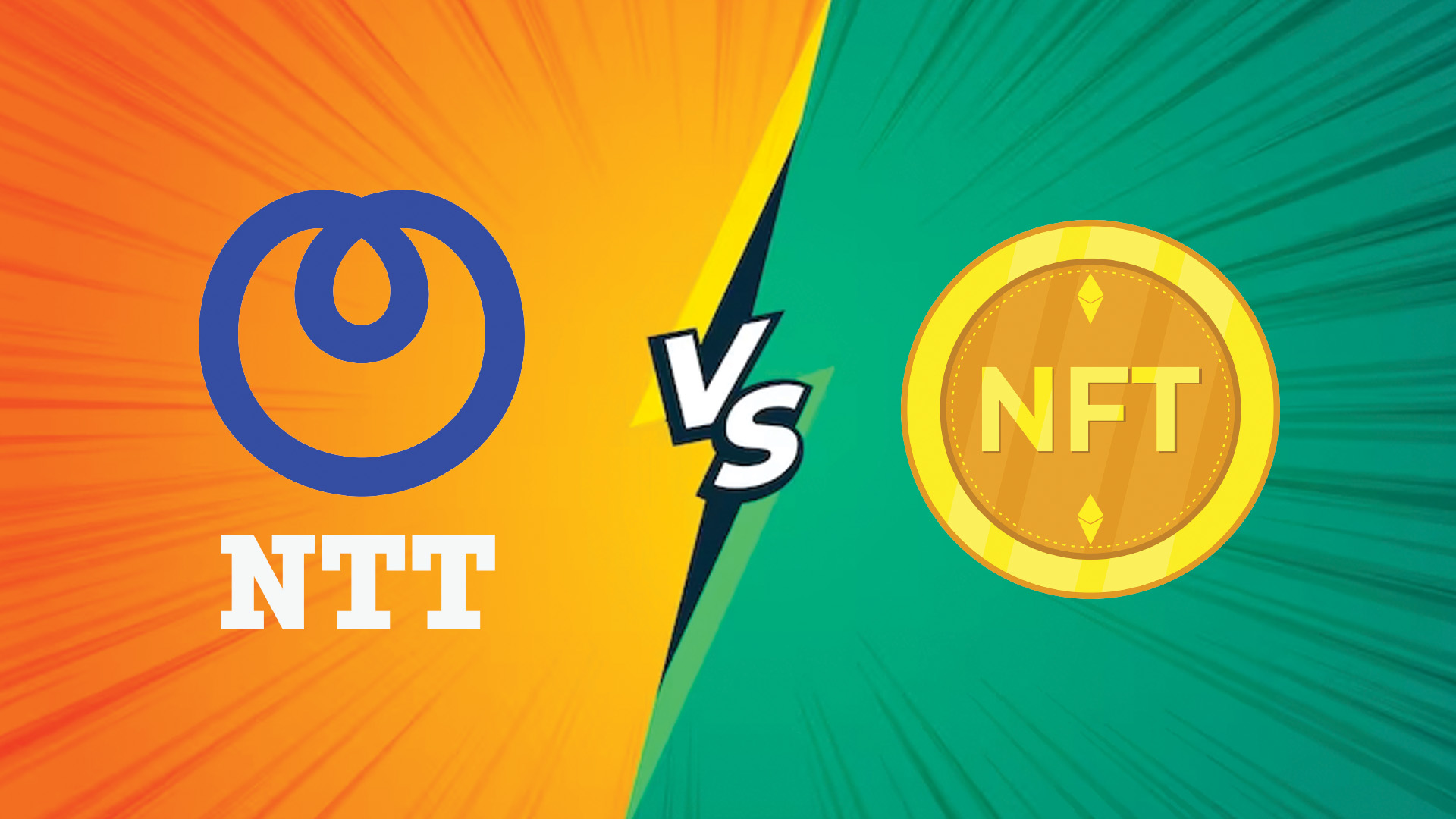
Unraveling The Distinction: NFT Vs. NTT (Non-Transferable Tokens)
- Non-transferable tokens (NTTs) are a specific class of computerized tokens that can’t be moved between accounts on a blockchain.
- NFTs, then again, are known for their uniqueness and individual possession yet are regularly adaptable.
- NTTs offer charming potential outcomes, especially in situations where advanced resources need to stay stationary.
In the domain of advanced resources and blockchain innovation, development won’t ever stop. As of late, another term has entered the discussion: Non-Transferable Tokens (NTTs). To completely see the value of this idea, it’s fundamental to comprehend how NTTs differ from natural non-fungible tokens (NFTs). This article will dive into the universe of NTTs, featuring their special qualities and investigating the differentiations between NTTs and NFTs.
Unraveling Non-Transferable Tokens (NTTs)
- Grasping Adaptability
The focal differentiation between NFTs and NTTs lies in their adaptability. While NFTs are frequently celebrated for their uniqueness and the capacity to change possession, NTTs are intended to be ardent inside the blockchain’s record.
- Use Cases for NTTs
The unchanging nature of NTTs makes for extraordinary use cases. They can address resources that ought to never change hands, for example, computerized collectibles bound to a particular client or non-transferable licenses for programming or content.
NFTs: Uniqueness And Adaptability
- NFTs: Proprietorship and Uniqueness
Non-Fungible Tokens, or NFTs, are eminent for their singular proprietorship and uniqueness. Each NFT addresses a particular computerized resource, whether it’s computerized craftsmanship, music, virtual land, or even in-game things.
- Adaptability of NFTs
Dissimilar to NTTs, NFTs are adaptable between accounts on a blockchain. This adaptability has created a flourishing business sector for purchasing, selling, and exchanging computerized collectibles and exceptional resources.
Investigating Use Cases
- NTTs in Authorizing
One promising use of NTTs is in authorizing. Content makers can give non-transferable licenses, guaranteeing that a specific piece of computerized content must be gotten to by the expected client. This approach reinforces content assurance and licensed innovation freedoms.
- NFTs in Advanced Craftsmanship
NFTs have acquired monstrous notoriety in the craftsmanship world. Craftsmen can tokenize their manifestations as NFTs, demonstrating proprietorship and realness while permitting workmanship aficionados to exchange or show their advanced craftsmanship assortments. This has upset the workmanship market and enabled specialists to contact a worldwide crowd.
- Permanence’s Job
The unchanging nature of NTTs is their characteristic highlight. It is significant in applications where the advanced resource’s status should stay unaltered. NFTs, with their adaptability, succeed in situations where possession and uniqueness are fundamental.
Conclusion
Non-transferable tokens (NTTs) acquaint an intriguing aspect with the universe of computerized resources and blockchain innovation. While non-fungible tokens (NFTs) are praised for their uniqueness and adaptability, NTTs rock the boat by underscoring changelessness inside the blockchain record. This qualification opens up thrilling potential outcomes, especially in situations where resources ought to stay fixed to a particular client or element.
As blockchain innovation keeps on advancing, NTTs might track down extraordinary specialties in computerized authoring, content security, protected innovation, and other imaginative applications. Understanding the distinctions between NTTs and NFTs is fundamental for those exploring the mind-boggling scene of blockchain-based computerized resources. Whether one is a craftsman, content maker, blockchain devotee, or business person, remaining informed about these advancing symbolic classifications can give important insights into the steadily expanding universe of decentralized computerized resources.



